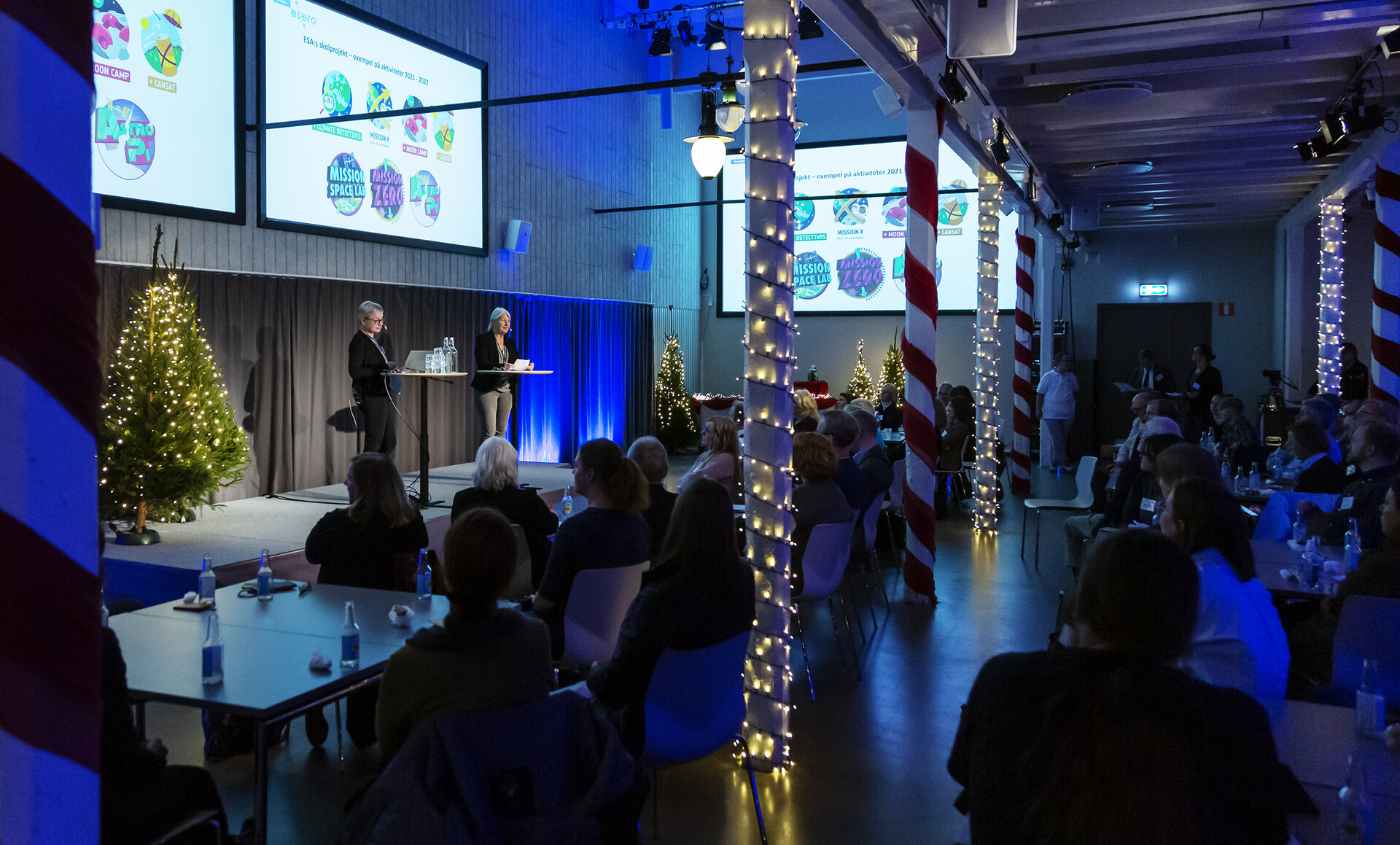Space lands in Swedish classrooms with ESERO Sweden
In brief
The Swedish European Space Education Resource Office (ESERO) was officially launched yesterday, 25 November 2021. ESERO Sweden, hosted at KTH Royal Institute of Technology, joins ESA’s growing network of ESERO offices, already operational in 18 other ESA Member States.
In-depth
ESERO is the European Space Agency (ESA) flagship project in support of school education. For more than 15 years ESERO has used the inspirational power of space for the teaching and learning of STEM (Science, Technology, Engineering and Mathematics) subjects at school – a very effective approach adopted by hundreds of thousands of teachers across Europe since the project started.
ESERO Sweden was inaugurated during a dedicated event hosted by the National Museum of Science and Technology in Stockholm (Tekniska) and held at the presence of Anna Rathsman, Director General of Swedish National Space Agency (SNSA), Elena Grifoni Head of ESA Director General's Cabinet, and Christer Fuglesang, Director of the KTH Space Center and former ESA astronaut.
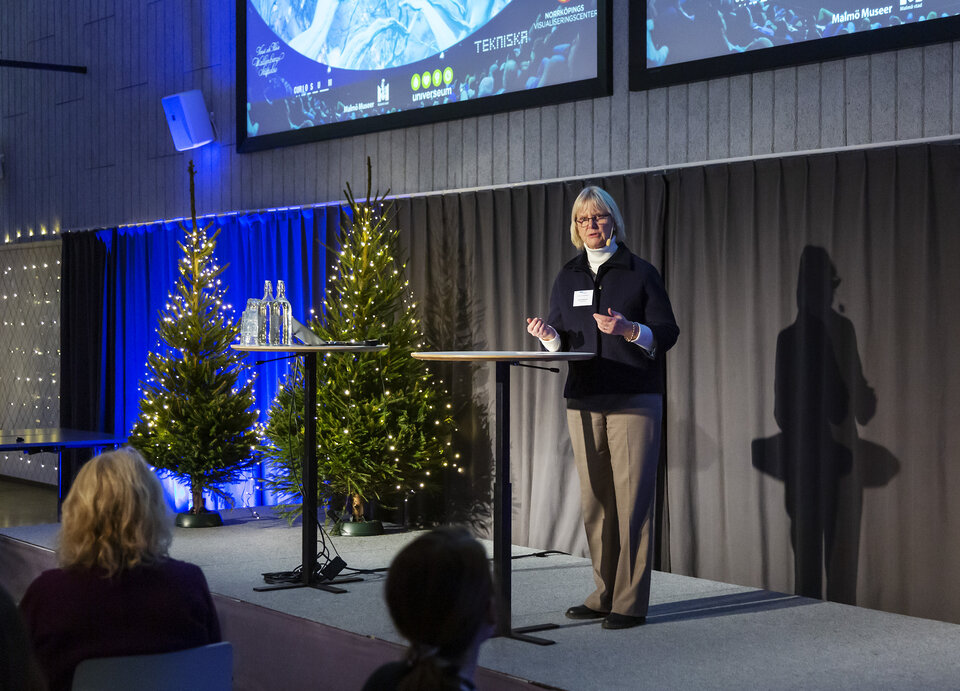
“Sweden has a huge tradition in the space domain, with a wealth of expertise in science and technology continuously generated for the benefit of our society and economy,” said Anna Rathsman. “In such a context, the ESERO project represents a great way to connect the power of space – knowledge, know-how, creativity, innovation, vision – to the education of our children. Space plays an increasingly vital role in the functioning of our society and it can be very strong tool at disposal of education.”
At European level, the ESERO project is driven by one overarching objective: boosting the teaching and learning of STEM disciplines by making use of space. The winning recipe for ESERO, run under the coordination of ESA, is the contribution to the project of multiple organisations and institutions at national level, each bringing their own expertise and capacity. Each ESERO is able to tailor activities to the national STEM education curricula, needs and context, while benefitting from the continuous exchange of best practices and resources within the ESERO network.
“We believe Education plays a fundamental role to prepare the future workforce that will turn Europe’s space strategy and ambitions into reality,” said Elena Grifoni. “Furthermore, we believe in the importance of bringing science and technology education to all, as we want to contribute to build generations of future citizens who are informed, able to decide and act responsibly, and who are equipped to face the challenges of the future, such as climate change and more, whatever profession they choose. Education is very important to ESA, and yet another way in which ESA can bring a valuable return to its member states and to society at large,” she concluded.
ESERO in Sweden

Under the leadership of KTH Royal Institute of Technology, and with the continuous support of ESA and the SNSA, ESERO Sweden relies on the educational and pedagogical expertise of key national partners, such as the National Museum of Science and Technology and the Wisdom consortium, with its centres located across Sweden. KTH and its partners have an extensive experience in teacher training, in the creation of hands-on and inquiry-based learning resources in support of the national STEM curriculum, and in the use of space as a theme to inspire pupils to pursue science and technology studies and careers.
In-service and pre-service teacher training will form the backbone of the ESERO Sweden activity portfolio, where the real-life space context sets the scene for innovative curricular activities in the classroom. ESERO Sweden will also provide free classroom materials, interdisciplinary school projects, information on STEM careers, as well as access to role models from the national space industry and academia.
ESERO in Europe
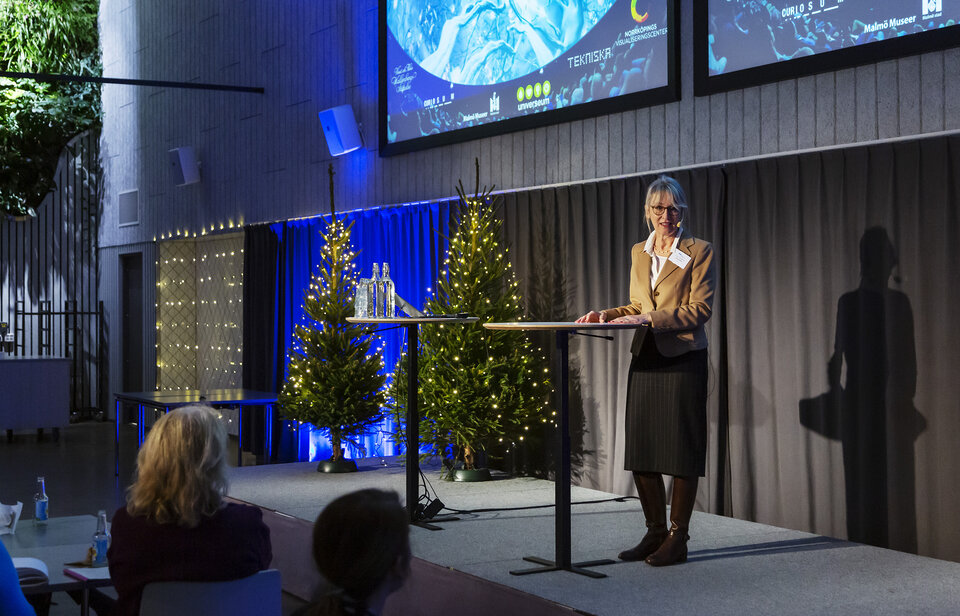
With Sweden joining in, the European network of ESERO offices now covers 19 ESA Member States: Austria, Belgium, Czech Republic, Denmark, Estonia, Finland, France, Germany, Luxembourg, Ireland, Italy, the Netherlands, Norway, Poland, Portugal, Romania, Spain, Sweden, and the UK.
ESERO is part of the ESA Education Programme, an ESA mandatory activity explicitly mentioned in the ESA Convention. The ESA Education programme currently targets the education of young people from school to university level, through a rich portfolio of activities meant to enhance youngsters’ STEM literacy, skills and competences, to encourage and enable them to pursue studies and careers in the STEM sector – space in particular, to increase their awareness of the importance of space in modern society and economy, and to promote the wealth of direct and indirect professional opportunities space offers.
In particular, education occupies a special place in the current programmatic manifesto of ESA, Agenda 2025, which – reinforced by the recent recommendations of the High-Level Advisory Group – is stressing the virtuous transformative influence of space on society, and identifies inspired STEM education as a fundamental enabler to form, attract and retain the best talents to the space sector in favour of society at large.
Sweden in space
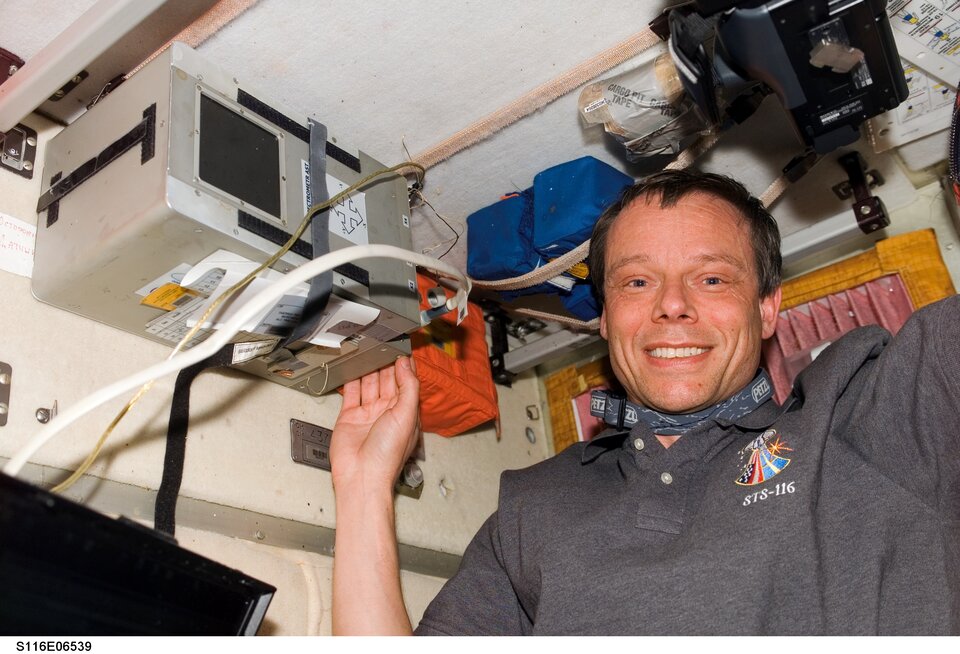
Sweden has a long tradition in space activities, started more than 60 years ago.
Swedish space companies are internationally competitive and Swedish technology innovations are found on numerous rockets and satellites in Europe and worldwide. The Swedish National Space Agency (SNSA) has financed seven Swedish satellite projects to date, many of them in international cooperation: Viking, Freja, Astrid 1, Astrid 2, Odin, Prisma and Mats. Furthermore, Swedish scientists and engineers have participated in Swedish and European space programmes for decades.
Swedish popularity in space went rocket-high during Christmas 2006, when ESA astronaut Christer Fuglesang became the first ever astronaut of Swedish nationality to launch to the International Space Station on his mission Celsius, named after the 18th-century Swedish astronomer.
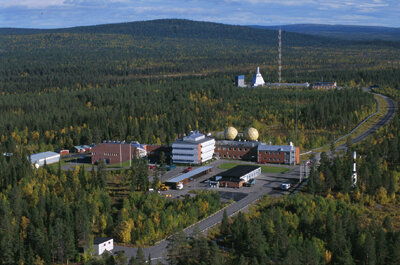
Sweden also hosts Esrange, the largest civilian space centre in Europe, about 40 kilometres from Kiruna, northern Sweden. A rocket range and research centre, Esrange is operational since 1966 and is used by the international scientific community for microgravity and atmospheric research on sounding rockets, high altitude balloons for astronomy and atmospheric research, and drop tests of space and aerial vehicles. The ESA Education programme itself benefits from Esrange and Swedish expertise through REXUS/BEXUS, a SNSA/DLR project with ESA participation, designed for university students to carry out scientific and technological experiments on sounding rockets and stratospheric balloons.
ESERO Sweden: www.esero.se
SNSA and the Swedish space programme: www.rymdstyrelsen.se/en/
ESA and the European Space Programme: www.esa.int
ESA Education Programme: www.esa.int/education


